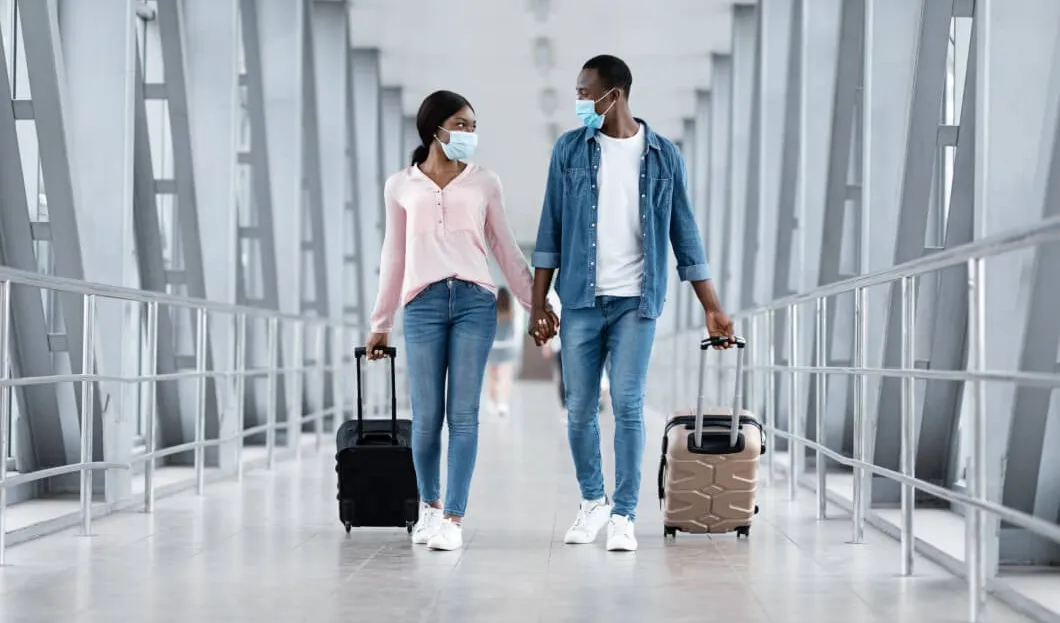
The Covid-19 pandemic is having a drastic effect on the tourism industry worldwide. Countries are suffering economically, businessmen are going bankrupt, and the entire sector is decimated after these tough 14 months.
Evidence of this is the UN report from October 2020, according to which up to 120 million jobs in the tourism sector were at risk and the industry could lose $ 1 trillion in turnover in 2020. UN Secretary-General Antonio Guterres stated in a statement that it is necessary to rebuild the post-pandemic tourism industry, as it is one of the most important sectors of the world economy.
The Importance of Tourism
The importance of tourism cannot be overestimated. The sector amounts to 10% of the worldwide GDP and provides work for millions of people around the globe.
Tourism is an important component of the consumption model of modern man, which meets the needs of spending free time, contact with the environment, recreation and rest.
For providers of tourist services, tourism is an idea for running a business, a way of earning money, a place of work. At the same time, however, tourism also poses certain threats to the environment, and thus it must be regulated to a certain extent.
How Will the Post-pandemic Tourism Look Like?
Given the evident importance of tourism for the economy, there are some questions that need to be answered towards the future. Will it be possible to rebuild the global tourism industry and when? Will the industry face structural and qualitative changes? What changes can be expected?
The future of tourism is also connected to the problems that were known before the pandemic and which will surely make themselves felt. For example, the environmental effect of long-distance travel, especially by air.
Another pre-pandemic problem that may wake up again is overtourism. That is, excessively frequent and numerous visits to some attractive destinations in relation to their capacity. The most notable examples of this phenomenon are the cities of Venice and Barcelona.
Moreover, also other trends such as the search for transformational experiences or the rising popularity of bleisure (the combination of the English words “business” and “leisure”) are likely to play an important role in the post-pandemic tourism context.
Rising Need for Wellness Tourism
So, what could tourism after the pandemic look like? In Great Britain, during the peak of the pandemic, it was revealed that over 33 % of British consumers believe that health and well-being are a key part of their lives, compared to 23 % prior to the pandemic.
Almost half of the respondents say they want breaks to deal with the mental health stress of the pandemic. For many of them (42 %), the priority for post-Covid-19 holidays is “recharging batteries”.
Another study by the Wellness Tourism Association revealed that nearly 78% of people in 48 countries will have wellness travel on their itinerary when restrictions are lifted. Most respondents indicated that escaping the stresses of everyday life in the context of a pandemic, connecting with nature and feeling rejuvenated were the main reasons why they would book a wellness trip.
Generally, it must be said that the pandemic made many people aware that they must act preventively and invest in their health and well-being. This is why wellness will most definitely be an important part of post-pandemic tourism.
Warming up the Demand with Empirical Travel Segments
In its August 2020 study on its tourism recovery plan, TRALAC points out that increasing demand for hotel services requires a robust marketing strategy and the agility to respond to changes in consumer preferences that require focusing on empirical travel segments.
After the crisis, the appetite for recreational travel will be weighted towards the VFR (visiting friends and family) and FIT (free independent travel) segments, where lower density venues will be popular.
Experienced travelers with an affluent wallet and fearless travelers will constitute the highest potential segment according to TRALAC specialists. Consumers will focus more on their health and well-being, value for money and avoid crowded places, while planning their trip carefully.
In the post-pandemic tourism context, it is highly likely that the trend towards self-contained digital distribution and booking will accelerate. Domestic corporate travel can be expected to recover relatively early, while conventions and exhibitions will be among the last ones to recover.
Domestic tourism will initially be targeted at local experiences, particularly day trips and weekend programs, as well as business trips to key customers and suppliers. Visitors’ attractions and experiences will play a key role in this early phase, contributing to building trust.
Customers who previously chose to vacation abroad will instead choose to vacation at home and this will be an opportunity to win new domestic demand in the tourism sector after the pandemic.
Increase in Popularity of Domestic Travel
Speaking about domestic travel, the current preference for this sector raises the question of whether it will become a long-term trend and in which countries have growth potential in this aspect.
Skift Research analyzed tourism flows in major markets in the fall of 2020. The analysis assumes that foreign travel expenses will be redirected to domestic travel, while revenues from inbound tourism are on hold.
In practice, the situation is likely to be less extreme, as foreign travel expenses are typically two to five times higher than domestic travel, domestic travel tends to be shorter, and not all international travel will be diverted internally.
And which countries have the latent potential for an early return to “normal” tourism and which will face the greatest challenges? In this new situation, China wins the most, along with Germany, Great Britain, and Russia, while the United States may lose the most in terms of real money, followed by Spain and Thailand.










